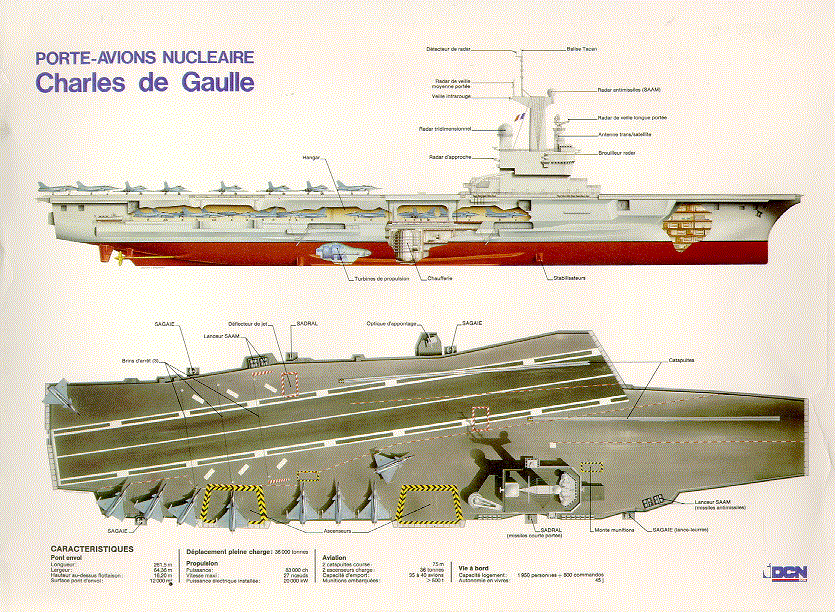After all the F-35 bashing around here lately, it’s only fair that we give equal time to the other hyper-expensive fighter, the F-22:
The U.S. Air Force is upgrading its F-22 fighters, at a cost of $39 million each. This is just the latest of several upgrades for the F-22, which entered service six years ago. Upgrading combat aircraft is common, and necessary. But the F-22 upgrades have been more expensive than previous aircraft. The F-22 is also more expensive to maintain. That costs $44,000 per flight hour, compared to $30,000 per hour for the older F-15 that the F-22 is replacing. The F-22 per-hour cost is nearly twice what it is for the F-16. While it requires 19 man hours of maintenance for each F-16 flight hour, the F-22 requires 34 hours. The manufacturer originally said it would be less than ten hours. Most of this additional F-22 expense (and man hours) is for special materials and labor needed to keep the aircraft invisible to radar.
The main problem is the radar absorbent material used on the aircraft. The B-2 had a similar problem, which was eventually brought under control. But even then, the B-2 cost more than twice as much to operate than the half century old B-52. The B-2 and F-22 use different types of radar absorbent materials, so many of the B-2 solutions will not work for the F-22. Some of the F-22 electronics were not as reliable as the air force expected.
[. . .]
In addition, the F-22 costs more than three times as much as the aircraft it was to replace. The air force wants to build more than 187, and has allies in Congress who want the jobs (and votes) continued production would generate. But the Department of Defense was reluctant to spend that kind of money, especially when there so many other programs seeking funds (like electronic warfare aircraft, UAVs and upgrades for F-15s and F-16s). Thus, two years ago, the Department of Defense decided to terminate F-22 production at 187 aircraft. This resulted in each aircraft costing (including development and production spending), $332 million. Just the production costs of the last F-22s built was $153.2 million. Added to the cost of the last few aircraft was a $147 million fee the Department of Defense agreed to pay if the production line was shut down. This goes to pay for shutting down facilities and terminating contracts with hundreds of supplies.
The F-22 is a superb aircraft, probably the most capable fighter in the world. But the development and manufacturing costs kept rising until it became too expensive for the media, voters and politicians. The air force was able to build it, but they couldn’t sell it to the people who paid the bills.
On the other hand, a bit of good news from last week: at least the F-22 is allowed to fly again.




